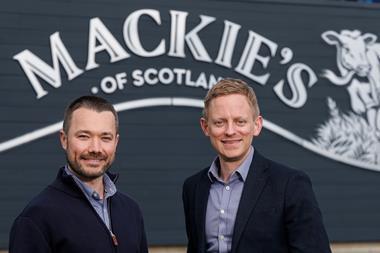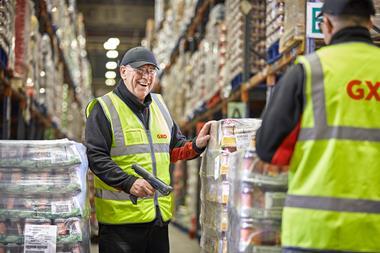Q I am frustrated by the lack of real creative thinking in my business. We are going through the motions but nothing really innovative is coming through and I feel we are in danger of falling behind. What should I do?
I don’t know how many books have been written about innovation in business - but very few of them have inspired me, and maybe that’s because innovation and creativity is about images and visions, not words. It’s almost like trying to write a manual about sex without any pictures - it just doesn’t work.
The key to creativity and innovation is with the people not the processes. Creativity isn’t ‘manufactured’. It is an art, not a science. Think how great songs are written - usually by one or two brilliant musicians just playing around - not 12 people sitting round a boardroom table.
So focus on the right type of people (ie very creative) and on creating the right environment for them. One mistake is to judge a person’s creativity by their job title and then generalise what they should be good at. Marketing people should, by definition, be creative (often they are not). Accountants shouldn’t be (though some are). I judge people’s creativity by their ability to make connections and think laterally.
I love the example of the sales director of a toothpaste company who asked his team to think of how they could grow their volumes by 10% that year. One of their newest graduate recruits thought about it and came back a week later. “Boss, I’ve got it,” he said. “Increase the diameter of the aperture of the toothpaste by 10%. The paste will come out thicker and people will just use more”. Sure enough, it worked. In this case, the “innovation team” was two people: the sales director who defined the objective and the graduate who came up with the solution. Once the creative brain has a problem, it sets to work - but someone needs to set the problem, and in my opinion that should come from the top.
So, my recipe for more creativity in your business is for the boss to take responsibility for innovation - to find creative people in his business (not necessarily marketing people) and to give them challenges to work on individually or in pairs. And let them choose how they work - just keep them out of the boardroom.
Sign in to comment on this article
Not logged in before? Register for FREE guest access today.
You will be able to:
- Read more stories
- Receive daily newsletters
- Comment on stories
Advert









No comments yet